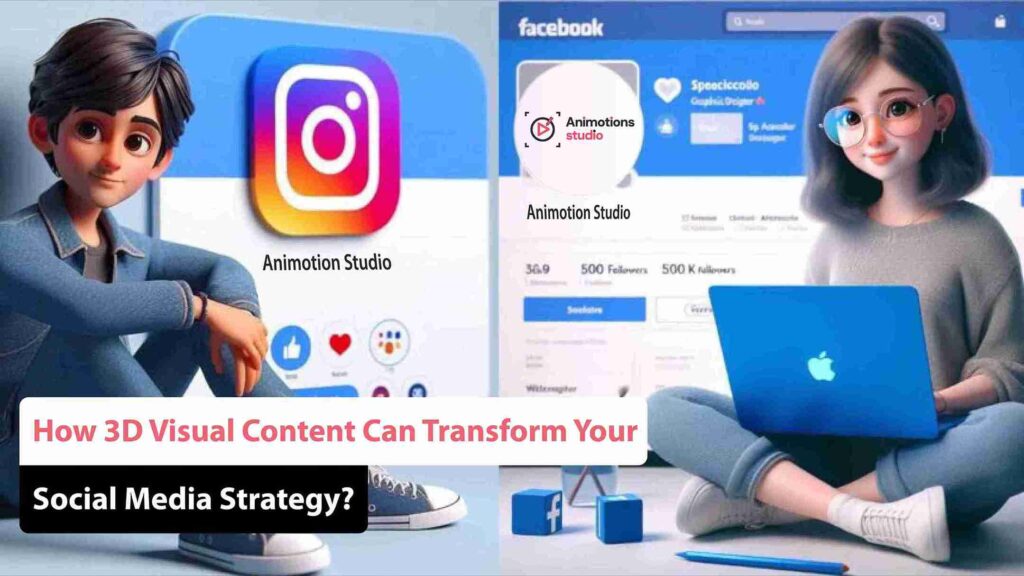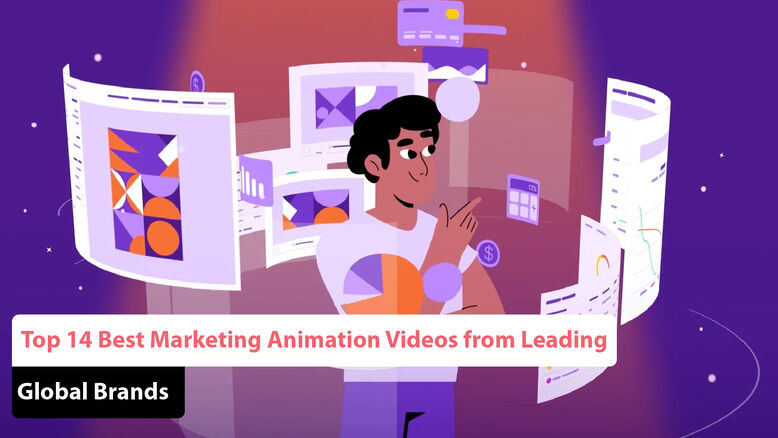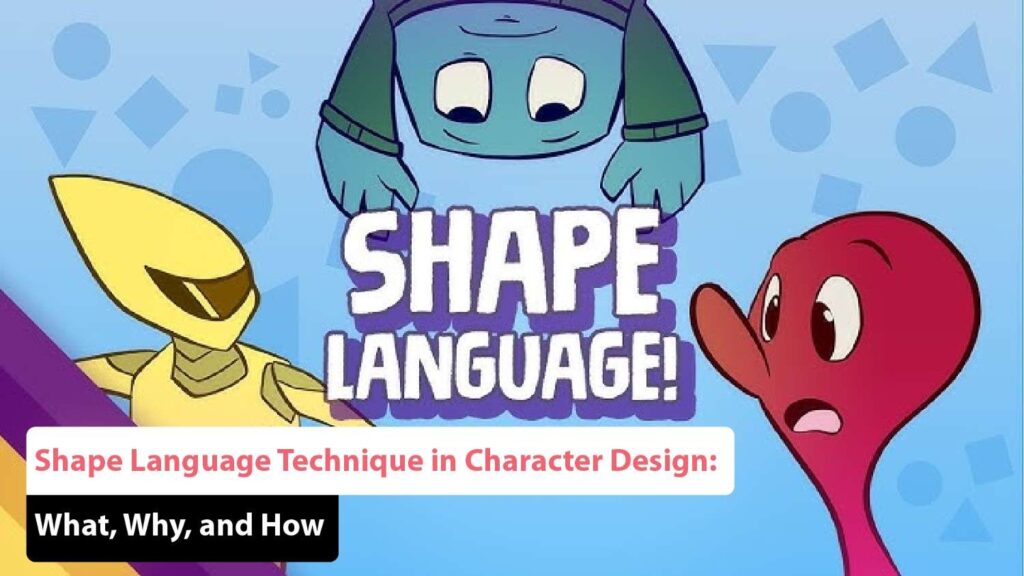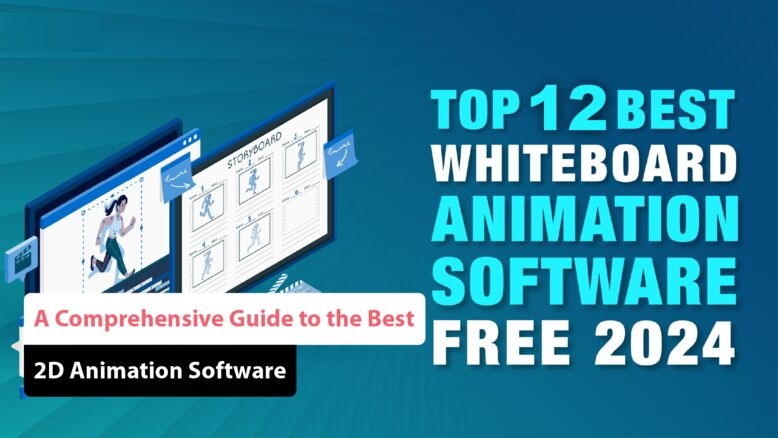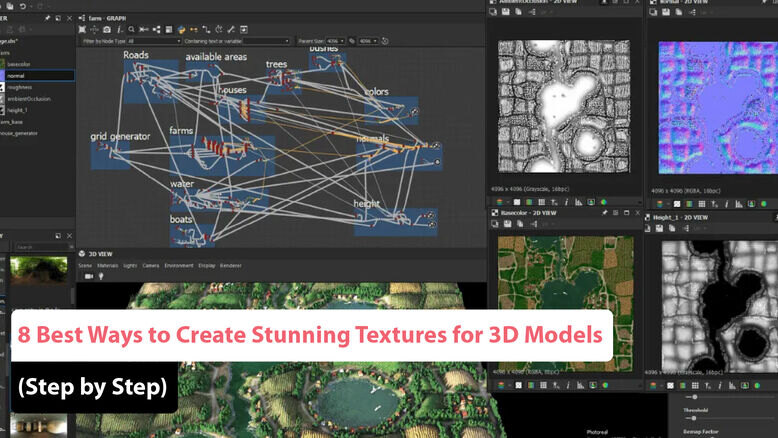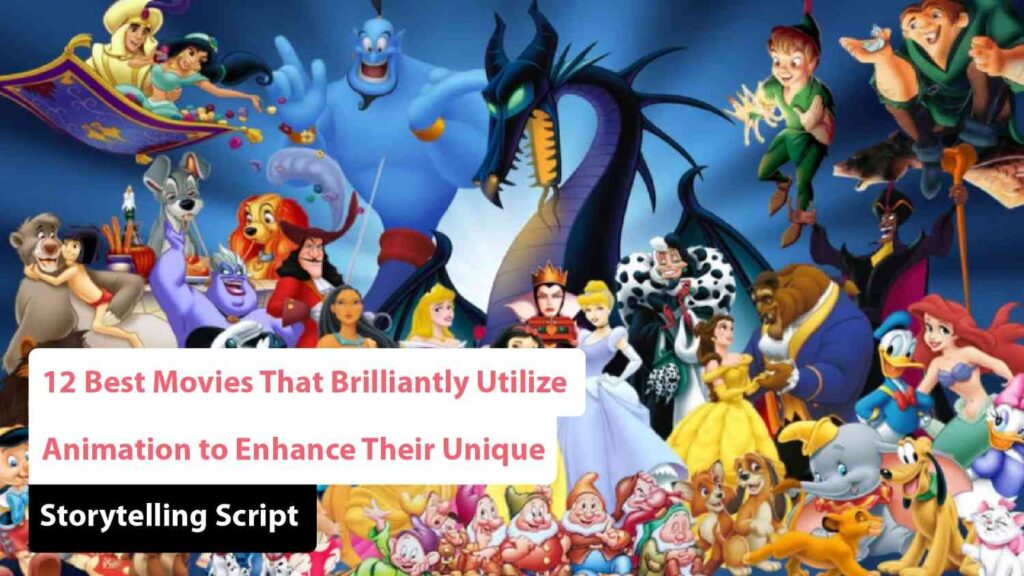How 3D Visual Content Can Transform Your Social Media Strategy?
In today’s fast-paced digital world, simply posting text or static images is no longer enough to capture attention. With users constantly scrolling through endless content, you need something dynamic that stops them in their tracks. This is where 3D visual content comes into play! 3D visuals add a unique and engaging element to your social media presence, making your content not only eye-catching but also immersive. Think of it as transforming a flat, ordinary post into an interactive experience that draws viewers in and encourages engagement. If you want to boost user interaction, incorporating 3D content could be the key. Your audience will appreciate the shift from typical posts and will be more likely to engage. Incorporating 3D visuals into your social media strategy can be a game-changer that sets your business apart while fostering a deeper connection with your audience. we’ll explore how 3D visual content can revolutionize your social media strategy by enhancing engagement, building a stronger brand presence, and delivering immersive experiences to your viewers. Adding 3D content not only sets you apart from competitors but also creates your brand’s storytelling. It creates a memorable experience that leaves a lasting impression on your audience. this innovative approach, you can effectively transform passive viewers into active participants. The Importance of Visual Content in Social Media Marketing To achieve success on social media, incorporating 3D visual content ideas is essential. This approach not only enhances the engagement level of your posts but also helps you forge new connections with your audience. By capturing the attention of your target viewers, you increase the likelihood of them making a purchase or sharing your content with their friends and followers. Visual content such as images, videos, and infographics tends to attract more interaction than text alone, resulting in higher likes, shares, and comments. Providing exceptional 3D visual experiences allows users to remember your brand and message more effectively, contributing to a lasting impression of your brand. With users encountering countless pieces of content daily, feeds can quickly become overcrowded. In this landscape, unique and high-quality 3D content will differentiate your brand from competitors, allowing you to reach your target audience more effectively and boost your chances of success. Additionally, short explainer videos can enhance your social media marketing efforts, making your content more captivating and engaging for your intended audience. By leveraging 3D visuals and engaging explainer videos, you can create a dynamic content strategy that resonates with your audience. This approach not only drives higher engagement rates but also fosters brand loyalty by providing memorable experiences. Ultimately, these innovative techniques will help you stand out in a crowded digital landscape, ensuring your message reaches and resonates with your target market. Benefits of Using 3D Visual Content On Social Media 3D visual content on social media offers numerous advantages that can significantly enhance audience engagement with your brand. Here are some key benefits: 1. Enhanced User Engagement: Social media platforms featuring 3D graphics or animated infographics deliver a higher level of visual engagement than traditional 2D images. The depth, texture, and realism of 3D visuals effectively capture viewers’ attention. Techniques such as perspective, shadows, and other visual effects create an immersive experience that keeps users interested. A striking 3D marketing visual stands out in a crowded feed, enticing viewers and prompting immediate interaction. This increased engagement can lead to higher visibility and reach, resulting in more likes, shares, and comments. 2. Improved Brand Perception: Creating 3D content enhances brand perception by showcasing your products or services in a compelling and high-quality manner. When consumers encounter products represented through 3D visuals, they form a positive and clear impression of your brand. This not only strengthens your brand image but also fosters memorable experiences for users. An improved brand perception often translates to greater trust and loyalty among customers. 3. Increased Conversion Rates: Implementing 3D product visuals can help businesses lower return rates and elevate conversion rates. By offering accurate and detailed product representations, consumers can make informed purchasing decisions, reducing the likelihood of returns due to fit or appearance issues. 4. Cost-Effectiveness: Advances in technology have made 3D content production more accessible and affordable than ever. Unlike traditional methods such as filmmaking or physical product photography, 3D visuals can be created entirely online. This shift eliminates the need for expensive equipment and materials, making it a budget-friendly option for businesses of all sizes. Moreover, 3D visualization techniques are easy to update and repurpose, leading to significant long-term savings in both time and money. 5. Increased Shareability: One of the standout advantages of 3D visual content is its shareability, which inherently attracts users’ attention. Due to their engaging and immersive nature, 3D visuals are more likely to be shared across social media platforms compared to static images or text. Users tend to share content that feels innovative or unique. When your content is shared, your brand’s reach and engagement can grow organically. This potential for virality not only boosts visibility but also strengthens connections with a broader audience, amplifying the impact of your marketing efforts. Type of 3D visual content for social media Enhancing Your Brand’s Presence with 3D Visual Content To effectively engage your audience on social media, it’s crucial to understand the different types of 3D visuals available. Below are several types of 3D visual content that can significantly boost your brand’s visibility: 3D Product Visualization: 3D product visualization involves creating three-dimensional images or animations to effectively convey messages or present information. Using specialized computer software, lifelike representations are generated that can be viewed from multiple angles. This technique creates your visual content by providing realistic models and scenarios, simplifying complex information, and enhancing overall communication. By showcasing your products in 3D, you allow customers to explore features from every angle, increasing their confidence in their purchase. This interactive experience can lead to higher conversion rates, as potential buyers feel more informed. Overall, it transforms the way consumers perceive and interact with your brand. 3D Holograms: 3D hologram technology projects three-dimensional
